Next week
On May 13, class will start with a quiz. Topics include: shutter speed, aperture, depth of field, perspective, portrait lighting styles, light roles: main, fill, separation or background.
Examples
@dont_smile_nyc
https://www.instagram.com/dont_smile_nyc/
Reminder: Focus
When shooting a portrait, the subject’s eyes must be in focus. Full stop. Period.
Considerations for any portrait:
- Use a vertical orientation.
2. Focus on the model’s eyes.
3. Keep the background clean and without distraction.
Considerations for outdoor portraits
- Work with the model in shade or place the model with the sun BEHIND their head.
- Do not use direct sunlight on the model’s face.
3. Use a reflector or flash as the main light.
On-camera Flash
You can dial the flash down and use it directly to raise the light on the subject’s face or bounce it off a reflector.
Ambient Light-the existing light that you cannot control
Fill Flash-brightens shadows
Built-in flash-part of the camera and throws light about 6 to 10 feet
External flash-added to the camera on the hot shoe and can throw light 15 to 20 feet
E–TTL (Evaluative-Through The Lens) is a Canon EOS flash exposure system that uses a brief pre-flash before the main flash in order to obtain a more correct exposure.
Use M or manual.
1/1 is full power. If you are pointing the flash right at the model, try 1/64 and adjust from there.
Use Zoom to spread or focus the light. Wide angle numbers (smaller numbers) spread the light. Higher numbers focus the light.
High speed sync-allows the camera to be set at shutter speeds higher than the camera sync speed
Lab 12
Homework

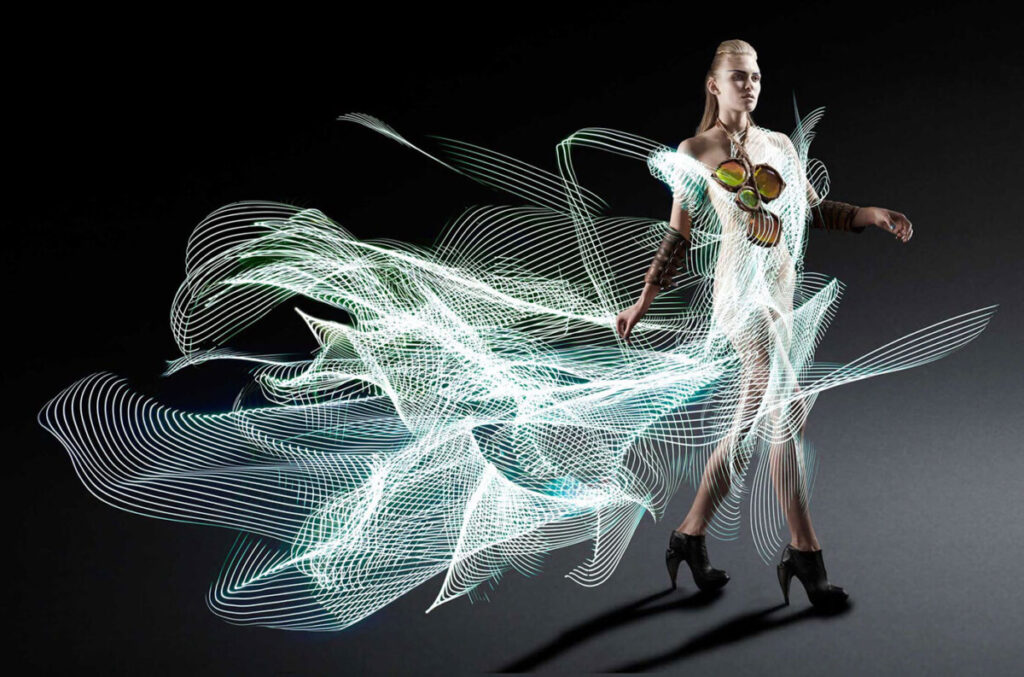
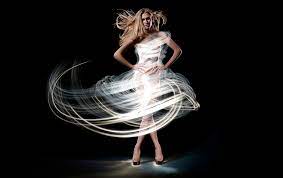
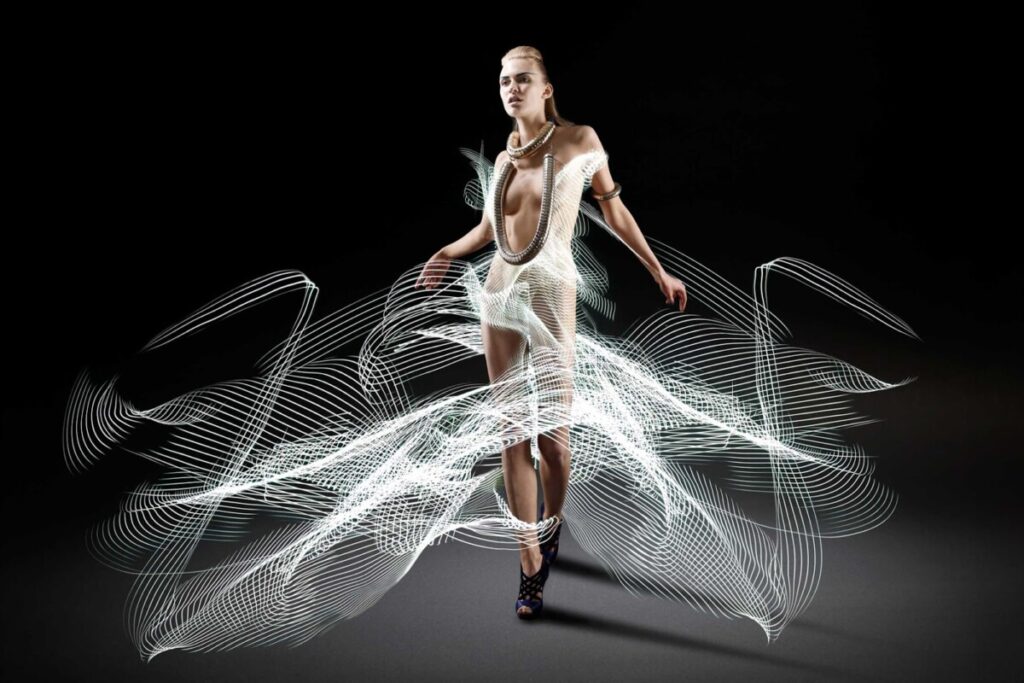
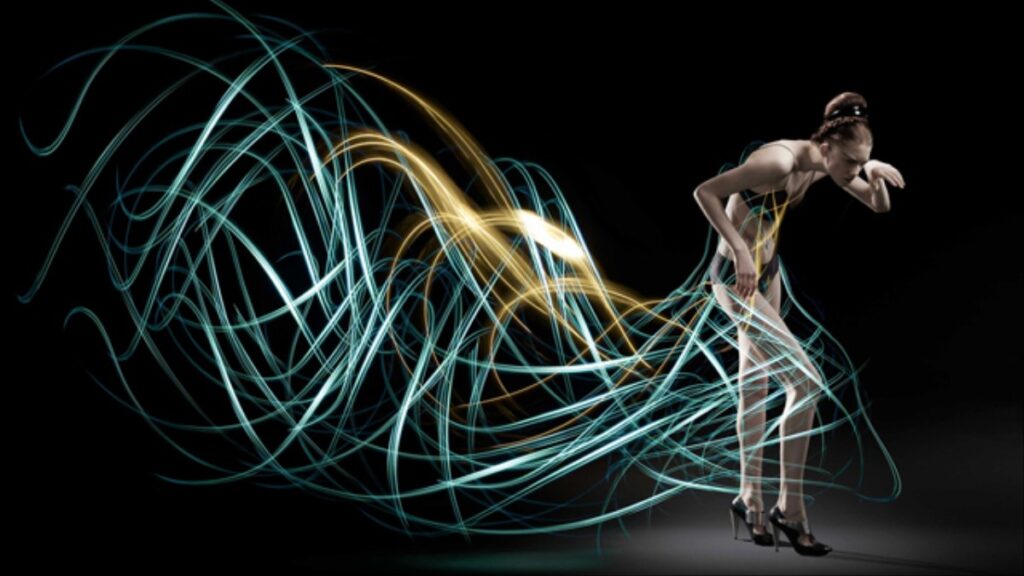
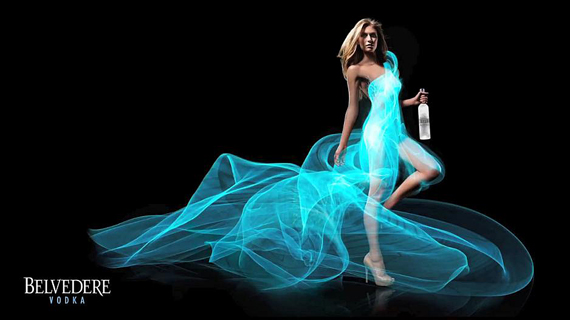





Recent Comments